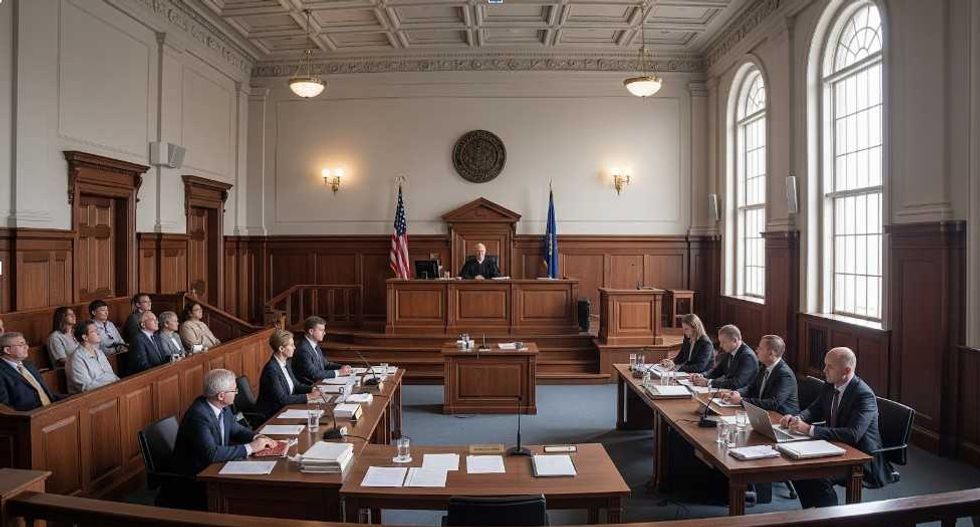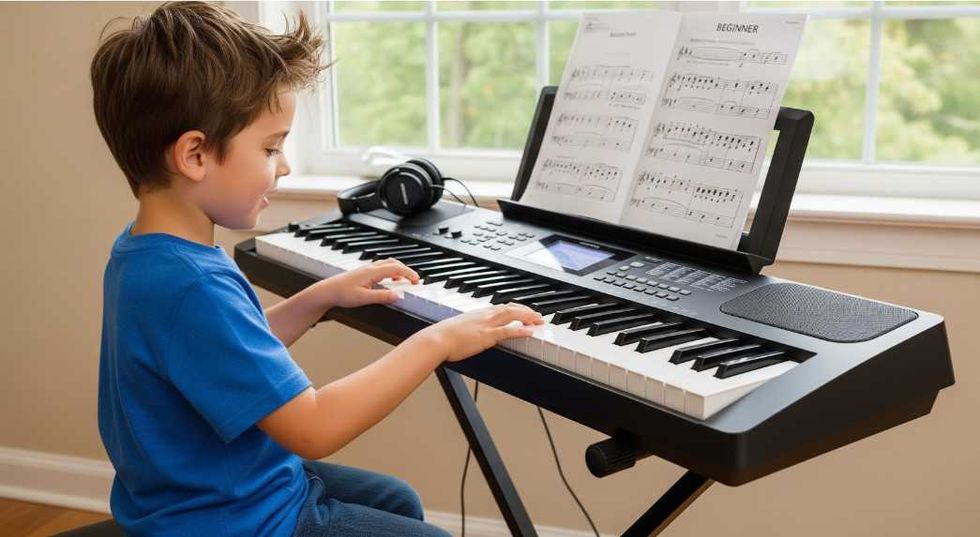Steve McQueen and Michael Fassbender don’t exactly make fun movies together, but what they do create is both incredibly moving and often unsettling.
Nonetheless, I’d be hard-pressed to come up with another director-actor combo that does drama as effectively as they do.
Their most recent effort, 12 Years A Slave, is a shining example of the command of narrative and character that these two possess and what they can do when they feed off each other.
But what I really want to talk about is Hunger, Steve McQueen’s debut and his first time working with Fassbender. Released in 2009, it follows the last months of the life of Bobby Sands, an IRA activist who starts a hunger strike while imprisoned to protest his treatment at the hands of the British.
I love this film from toe to tip and it is filled to the brim with tremendous scenes, but the real shining moment comes from an exchange between Fassbender’s Bobby Sands and Father Moran, a priest, played by Liam Cunningham, that Sands calls in to discuss his beginning of the protest.
This scene is well over 20 minutes in length and the first 17 and a half minutes are a single, unbroken and uncut shot of both men as their tête-à-tête become more and more about the abstract nature of the strike. What really interests me, though, is when Steve McQueen breaks the shot and pans to a close up of Michael Fassbender. (This is at 17:30, if the link breaks)
He tells a story of his drowning a foal in the woods when he was a boy, convinced it was an act of mercy and respect, in order to demonstrate his commitment to the IRA to Father Moran, but his own hubris blinds him to the root of his story; not only is Fassbender’s character the one drowning the injured foal, he is the injured foal.
The trick here is that the viewer gets no hints as to the double meaning of the speech.
Most directors would zoom in at this moment or the film’s score would play to a crescendo or the actor would give a visual cue in his expression. But none of this happens. There is no zoom, there is no music and there is no visual cue.
Fassbender is as solid and unflinching as a slab of stone and McQueen’s decision to not hold the audiences hand is a deliberate choice made to give his film command over the viewer, to make for us to respect the rest of the film.
This, obviously, showcases Fassbender’s strength as a dramatic actor and his ability to completely control a scene, but it also points to McQueen’s ability as a director to do so much with so little. No flashy cuts to force the dialogue to be fast-paced, no giveaways of the secret and no softening of the blow. We're just as at the mercy of Bobby Sands as the priest sitting across from him is.
He puts his faith in Fassbender and lets him play in the total freedom he provides as a director, giving us an uninterrupted look at the character of Bobby Sands. This scene doesn’t need anything else.
In terms of the story itself, it provides us an insight into what Fassbender’s character really thinks is important, something he dances around in the earlier dialogue, and it showcases his blindness to the larger picture in relation to what he thinks the repercussions of his suicide would be. All this combines to set up the rest of the film and how we as the audience view the hunger strike.
I wish more directors would learn from this scene. The power of doing more with less. The command of narrative that your film gets when you don’t treat the audience as idiots. Having faith in your actors. I wish more directors would learn from this scene.





















